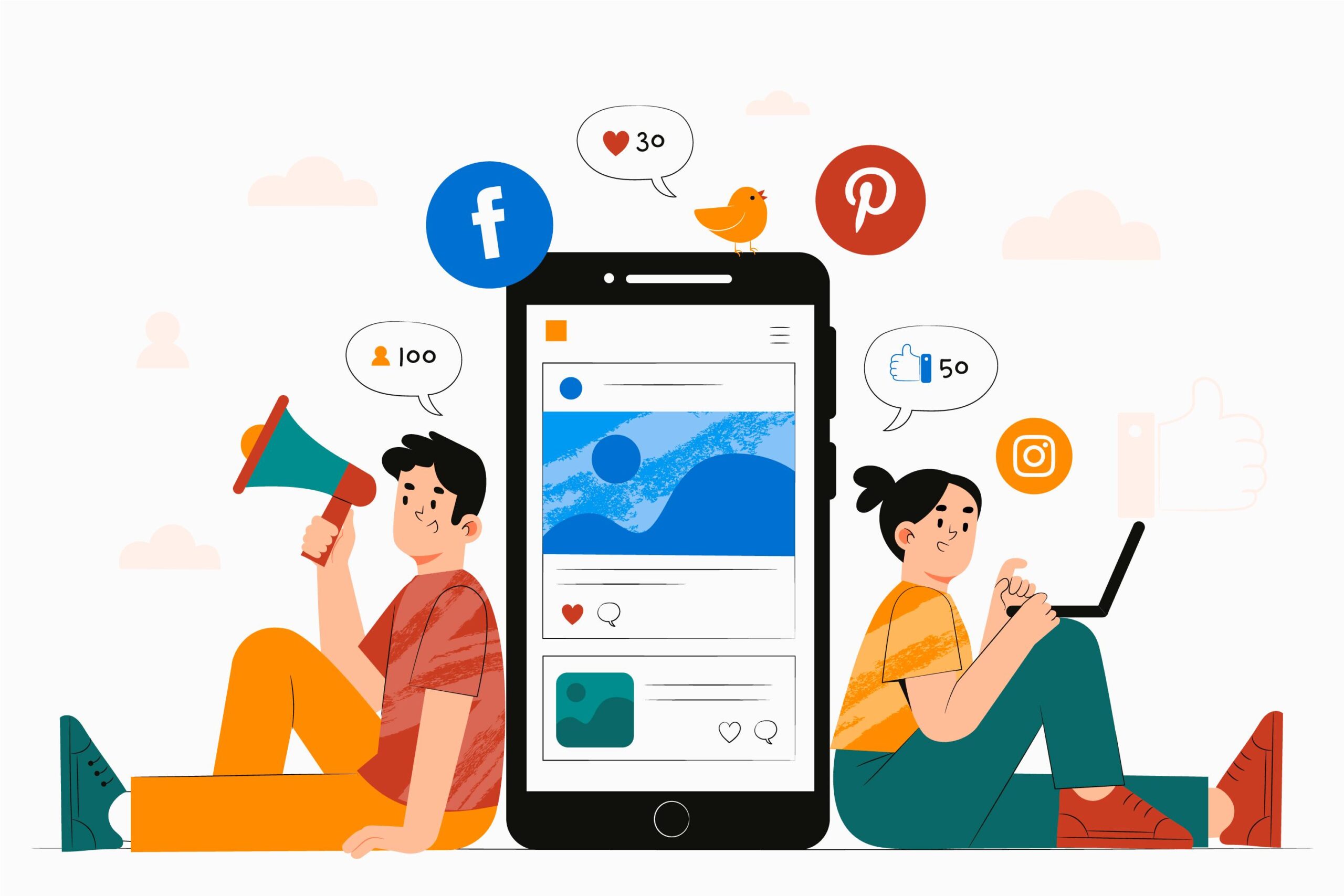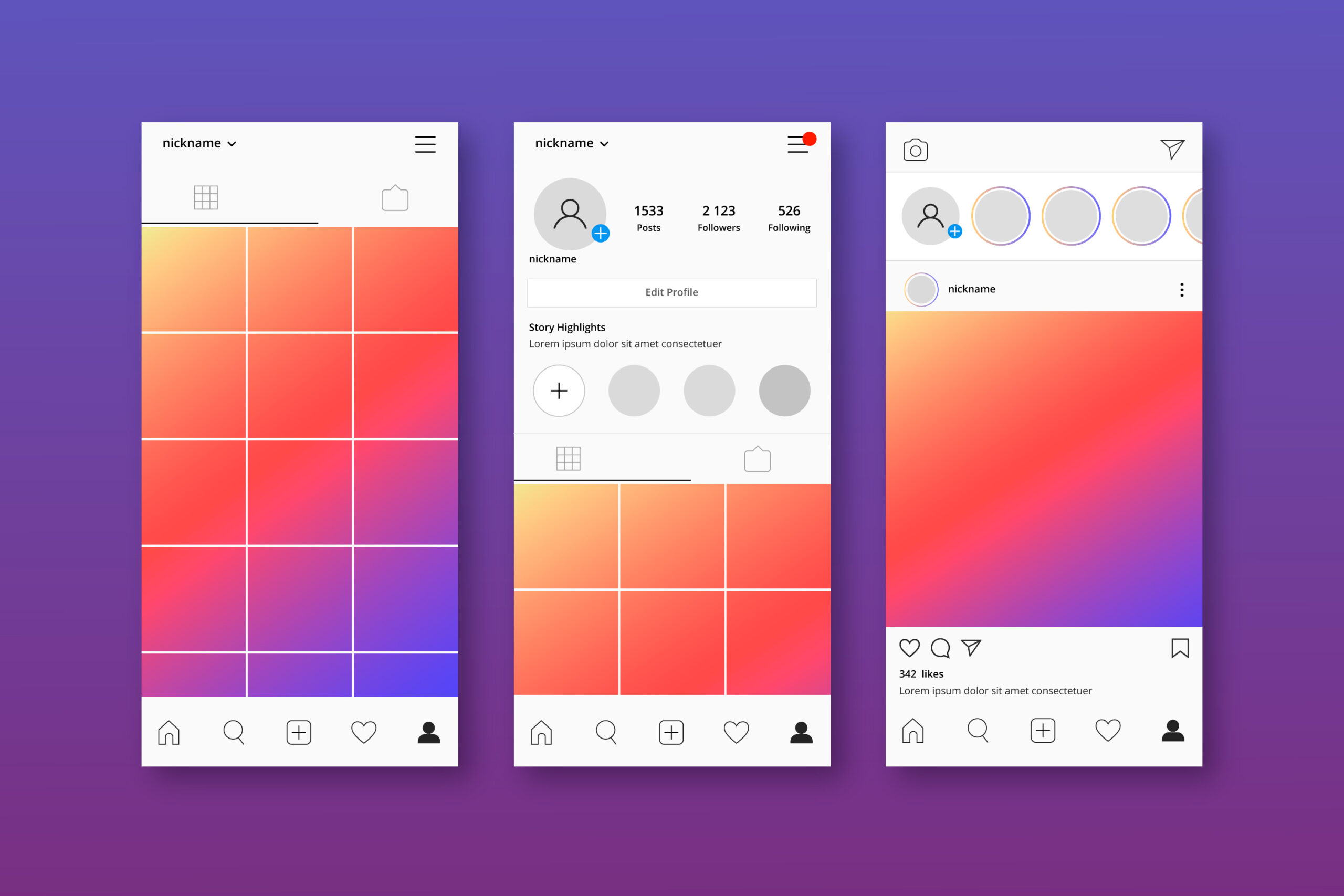It’s every marketer’s dream to have a campaign they worked hard on be considered one of the best viral marketing campaigns. But the sad truth is no one can predict with 100% accuracy whether their campaign will go viral. Customers are the only ones who have true control over something’s virality.
What is Viral Marketing?
Viral marketing is nothing more than a strategy that you can use to get people to promote your app, services and Ideas (or any other product) via existing social networks.
How a Viral Marketing Campaign Works
Building and setting a viral marketing campaign into motion is basically creating content so engaging and so relevant that people can’t help but share it with their friends: “Hey, you HAVE to see this!”
You plan and produce the content. You make it as shareable as possible. Then you release it in the hopes that it spread via word of mouth. This is what makes it unpredictable. Not everything a marketer creates will resonate with their audience. And even if it does, not every resonant piece will persuade users to spread it to their circles.
Viral Marketing Advantages
Going viral has some excellent advantages:
- Low cost: It doesn’t need to cost much to produce something that people will want to share. Sometimes it’s the simplest ideas that resonate the most. And when done right, it can give you excellent ROI.
- Reach: Going viral spreads your message and your brand much further than you might expect.
- Credibility: Suddenly, your brand is on everyone’s feed. Or becomes the topic everyone brings up at a party. If done well, this is your ticket to instant (and hopefully lasting) brand awareness.
Disadvantages of Viral Marketing
But as with everything, there are cons to go with the pros. While a good viral marketing campaign can bring massive awareness about your brand in a cost-effective manner, it also has the capability to dilute your brand. Or at its very worst, build negative buzz regarding your brand and products. This is when “too much of a good thing” may just hurt your work in building your organization’s credibility.
Virality rests upon the idea that people share your campaign with their friends. But many will not do so if they’re afraid you’re going to end up scraping personal information from them or if you’re simply going to add their friends to a spammy mailing list. Remember, individuals have their own “personal brand” to protect.
Additionally, going viral may lead to a massive influx of new users who suddenly disappear after checking out your app. These campaigns won’t automatically bring you loyal customers who will last years.
Overall however, the advantages of viral marketing far outweigh the disadvantages.
10 Viral Marketing Principles to Follow
With that said, there are principles that are present in every single one of the viral marketing campaign examples we tackle below. Let’s list them out here before diving into the best practices you can use to prepare for potential virality in your own campaigns.
Effective viral marketing campaigns have:
- Excellent planning
- Audience involvement
- Spectacle + press-worthiness
- Humor + like-ability
- A worthwhile cause
- Celebrity star power (optional)
- Low barrier to entry
- A really good incentive
- Exclusivity
- Urgency
Viral Marketing Examples from the Best Campaigns
01. How The Dark Knight Viral Marketing Campaign Made Serious Bat-Buzz
In May of 2007, an agency named 42 Entertainment began a multimedia marketing campaign for the Warner Brothers film, The Dark Knight.
Using the film’s tagline “Why So Serious?” the agency built a huge scavenger hunt and role-playing experience. It started as early as 15 months before the film’s opening. And ended up involving over 11 million people across 75 countries. Participants became Joker’s henchmen or Harvey Dent’s campaign volunteers or Batman clones.
They viewed hundreds of web pages, emails, print collaterals, and videos. They found clues leading to GPS coordinates. They called phone numbers written by planes in the sky. They even found prepaid mobile phones baked into birthday cakes. And they gathered for actual rallies, even winning unique collectible merchandise.
Another example that illustrates how varied viral marketing can be is the ALS Ice Bucket Challenge. The ice bucket challenge existed before The ALS Association utilized it to raise awareness and generate donations. However, the massive dissemination on social media of ALS Ice Bucket videos created a worldwide sensation that tremendously increased ALS awareness.
$115 million-The amount of donations raised from the ALS Ice Bucket Challenge.
8 Viral Marketing Lessons for Building Virality
Each of the viral marketing campaign examples above contains useful tips. But you can boil them all down to eight secrets that will help you craft a shareable campaign.
First, keep it simple. Base your marketing campaign on a simple idea. Something that people can relate to and understand. If you can’t summarize your idea in one sentence then your campaign may fail.
The second secret: relevance to your target segment. Do the research. Does your idea resonate with your target market? Would they share it on social media?
The next six secrets come from Jonah Berger, author of Contagious: Why Things Catch On. He says that the six drivers to whether something goes viral can be summarized as:
- Social Currency: we share it because it makes us look good
- Triggers: we share it because it’s top-of-mind
- Emotion: we share it because it makes us feel something
- Public: we share it to imitate what others do
- Practical Value: we share it if it’s useful to others
- Stories: we share it to tell a story
Remember: we can’t force a viral campaign. The only thing we can do as marketers is to make our campaigns as share-worthy as possible. To make them more likely to spread via word-of-mouth. Once we lower the barrier so that sharing becomes the only worthy reaction, we’ve prepared the field. The rest is up to the audience.






